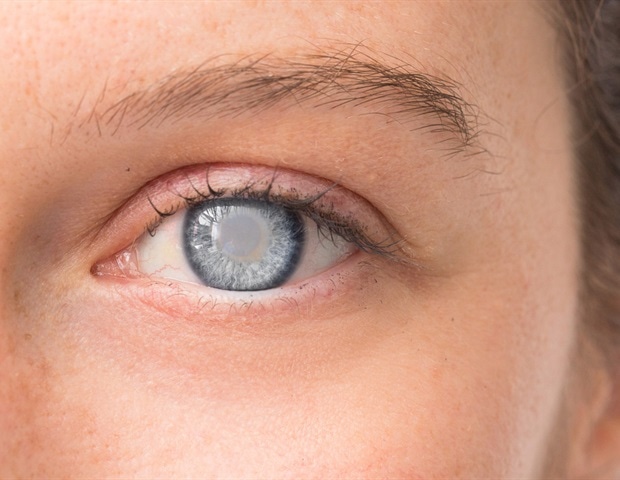Despite increased funding for cataract surgeries to private, for-profit clinics, access to surgery fell 9% for lower-income people, according to new research published in CMAJ ( Canadian Medical Association Journal ) https://www.cmaj.ca/lookup/doi/10.
1503/cmaj.240414 . Unexpectedly, despite new public funding for operations provided in private for-profit surgical centers, which was intended to fully cover all overhead costs and remove the need to charge patients, this disparity did not decrease, but instead grew during the funding change period," says Dr.

Robert Campbell, lead author, clinician–scientist, Department of Ophthalmology at Queen's University and senior adjunct scientist at ICES The COVID-19 pandemic created backlogs for cataract surgery and, to increase access without the need for patients to pay, the provincial government provided funding to private clinics in 2020. The study, conducted by researchers at ICES, Queen's University, and the University of Toronto, included 935 729 cataract surgeries performed in Ontario between January 2017 and March 2022. Researchers looked at differences in socioeconomic status of patients who underwent surgery at publicly funded hospitals and patients who accessed surgery at private, for-profit centers before the additional funding (up to February 2020) and after (March 2020–2022).
The majority of cataract surgeries (81%) were performed in public hospitals, with the remaining 19% performed in private, for-profit surgical centers. Over the 6-year study period, more people in the highest socioeconomic bracket (23%) received surgery in private clinics than patients in the lowest income bracket (14%). In-hospital surgeries were evenly distributed across socioeconomic brackets.
Cataract surgeries in private, for-profit centers increased from 16% in the prepandemic period to 23% in the period after the funding increase. Surgical rates in private, for-profit centers rose 22% for patients in the highest socioeconomic bracket, but rates fell 9% for patients in the lowest socioeconomic group. Related Stories Does cannabis use disorder increase the risk of head and neck cancer? New drug tirzepatide significantly improves sleep apnea and weight loss Bariatric surgery may protect against development of breast cancer in women with obesity To improve access for patients across all socioeconomic levels, policy changes are needed to ensure transparency and a lack of conflicts of interest.
"Patient protection requires the removal of all conflicts of interest among surgeons, including centre ownership and incentive plans aimed at promoting the sale of add-on services. Patients need clear, non-conflicted information regarding the availability of publicly funded options without additional fees within both public and private for-profit centers," write the authors. They suggest creating a single wait-list for all private surgical clinics and public hospitals in an area, rather than separate lists for public hospitals and for-profit centers.
"Addressing the factors underlying this incongruity is vital to ensure equitable access to surgery and maintain public confidence in the cataract surgery system." Canadian Medical Association Journal Campbell, R. J.
, et al. (2024). Public funding for private for-profit centres and access to cataract surgery by patient socioeconomic status: an Ontario population-based study.
Canadian Medical Association Journal . doi.org/10.
1503/cmaj.240414 ..


















